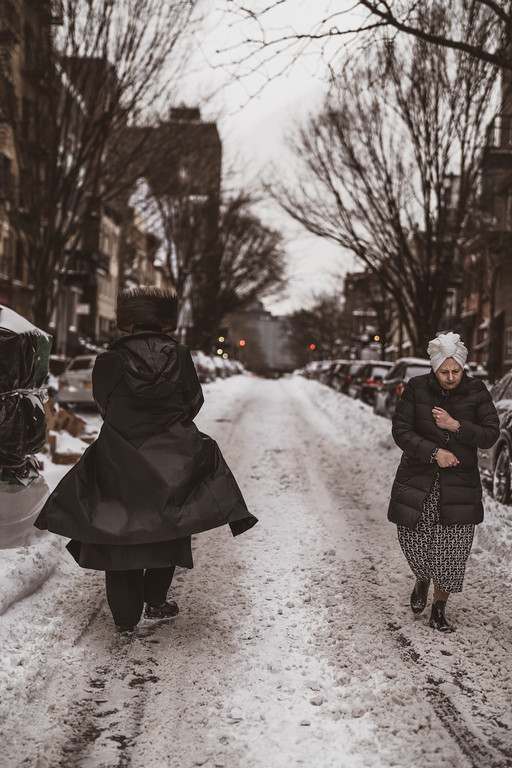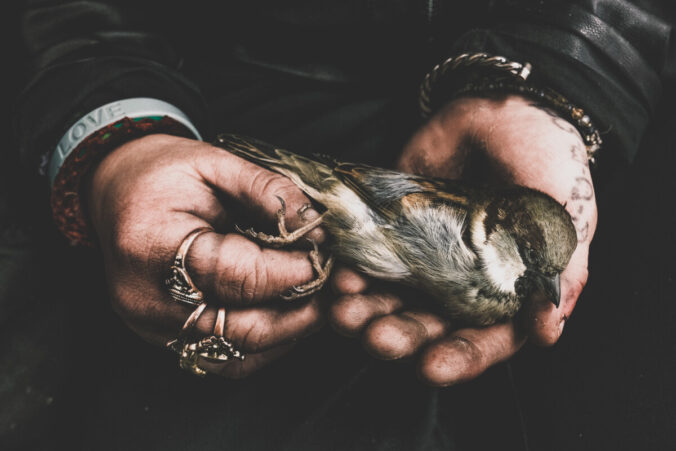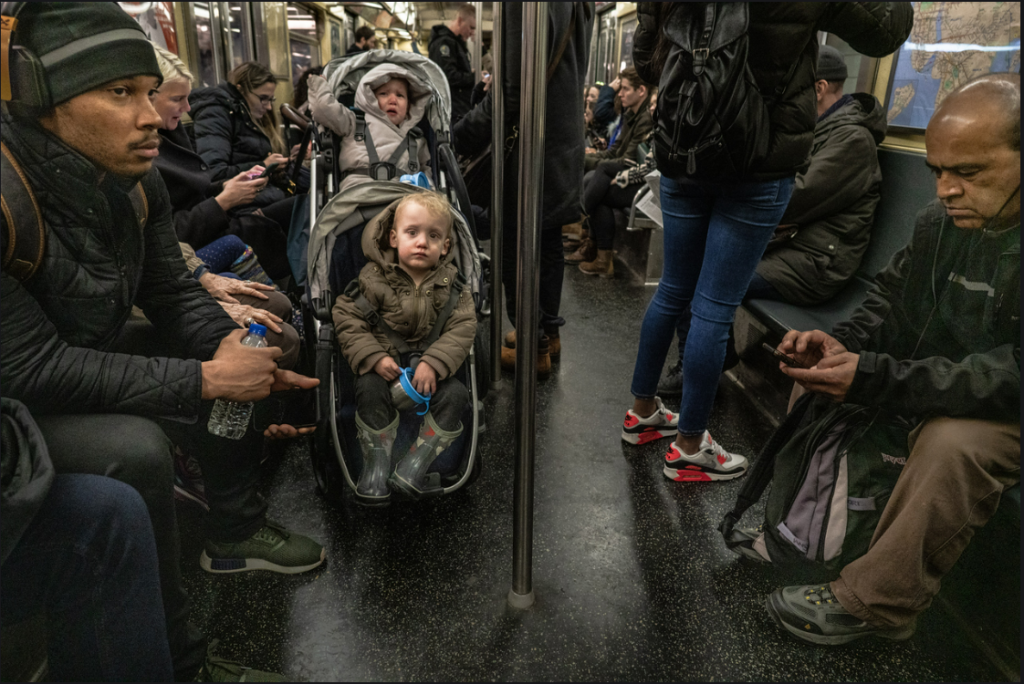
“Cloud and Two Buildings” was shot by UK photographer named Michael Kenna in 1976. This was taken in New York but an exact location wasn’t given. Known for his black and white photograpghy, I was intrigued by this shot. It’s an abstract photo gives an illusion of a cloud that resembles the face of an elderly man reading the daily paper. The contrasts of the tones between both buildings may be percieved differently depending on the viewer. My interpretation was the building on the right looks like a piece of clothing such as a trenchcoat and the building on the left looks like a large paper close to a newspaper. From my pov, I think this image gives a sense of peace but can be debatable
The photographer uses Figure to Ground to show the constrast between the buildings to the cloud creates an intersting shapes in relation to the dark sky as the background. The bricks on both building have a similar patterns and repetition for the layout and look of it. Lastly the lines create diagonals that leadings our eyes to the cloud.
Link: https://www.michaelkenna.net/gallery.php?id=14







Recent Comments